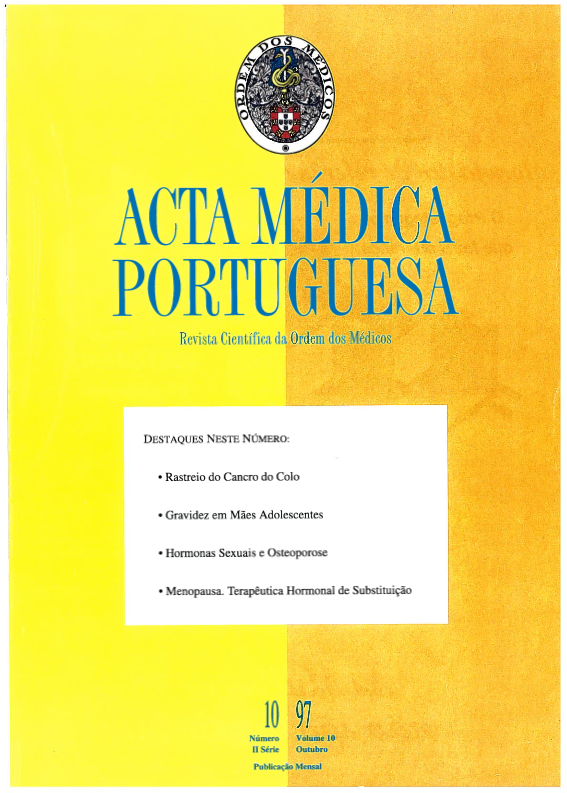Sex hormones and osteoporosis: a physiological perspective for prevention and therapy.
DOI:
https://doi.org/10.20344/amp.2478Abstract
Estrogen deficiency is the main cause of post-menopausal osteoporosis and hormone replacement therapy is consensually regarded as the first line choice for its prevention. Hormone-replacement has also been shown to prevent bone loss associated with rheumatoid arthritis (RA) and corticotherapy. The rationale for its use in RA is reinforced by evidence of beneficial effects on disease activity. Estrogens also have bone-protective effects in males. C-19 progestagens seem to potentiate the skeletal effects of estrogens whereas C-21 derivatives appear to have no significant influence. Progestagens may be particularly useful in the prevention of steroid-induced osteopenia. Testosterone is an effective treatment for male osteoporosis associated with hypogonadism and is also promising in the treatment of osteoporosis in aged eugonadal males. The association of this hormone potentiates the effects of estrogens on bone mineral density in post-menopausal women. However, anabolic androgens have been preferred in this condition, due to a lower androgenizing effect. They represent a valid therapeutic alternative, particularly in cases of cortical osteoporosis with low bone turnover and in the aged and frail. In general, the different modalities of hormonal therapy clearly deserve a higher degree of preference in the treatment and prevention of osteoporosis than common present practice in our country. It is time to reassess this matter, clear unfounded fears and reinforce the physiological and scientific foundations of our therapeutic options for osteoporosis.Downloads
Downloads
How to Cite
Issue
Section
License
All the articles published in the AMP are open access and comply with the requirements of funding agencies or academic institutions. The AMP is governed by the terms of the Creative Commons ‘Attribution – Non-Commercial Use - (CC-BY-NC)’ license, regarding the use by third parties.
It is the author’s responsibility to obtain approval for the reproduction of figures, tables, etc. from other publications.
Upon acceptance of an article for publication, the authors will be asked to complete the ICMJE “Copyright Liability and Copyright Sharing Statement “(http://www.actamedicaportuguesa.com/info/AMP-NormasPublicacao.pdf) and the “Declaration of Potential Conflicts of Interest” (http:// www.icmje.org/conflicts-of-interest). An e-mail will be sent to the corresponding author to acknowledge receipt of the manuscript.
After publication, the authors are authorised to make their articles available in repositories of their institutions of origin, as long as they always mention where they were published and according to the Creative Commons license.









